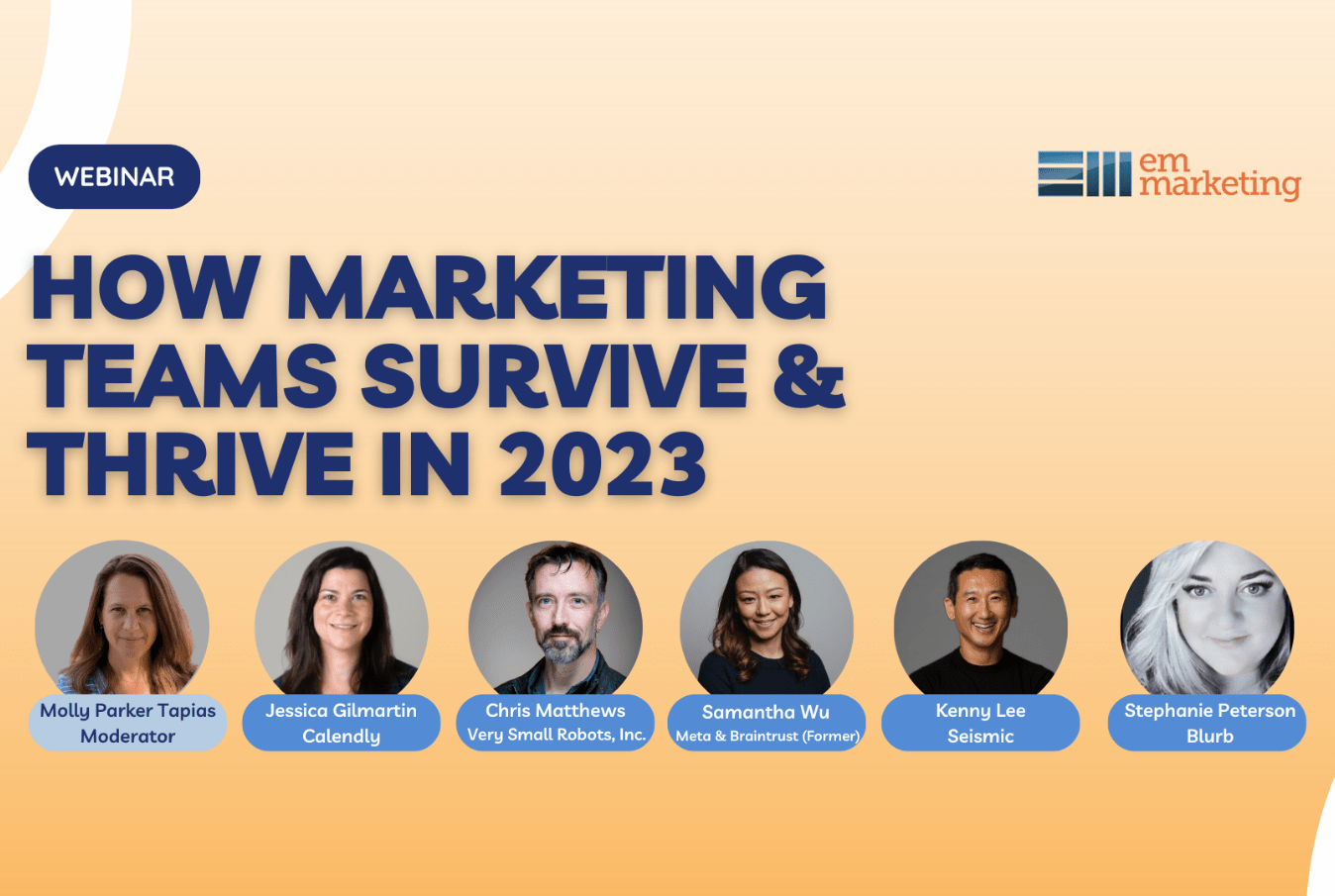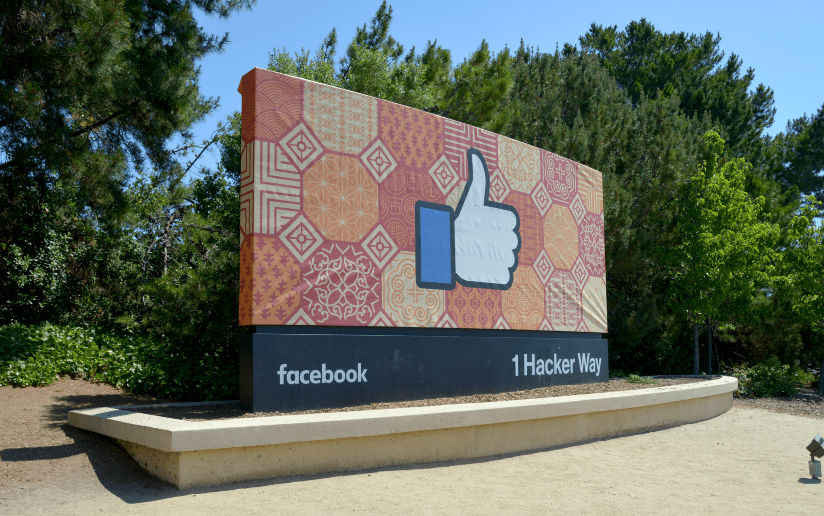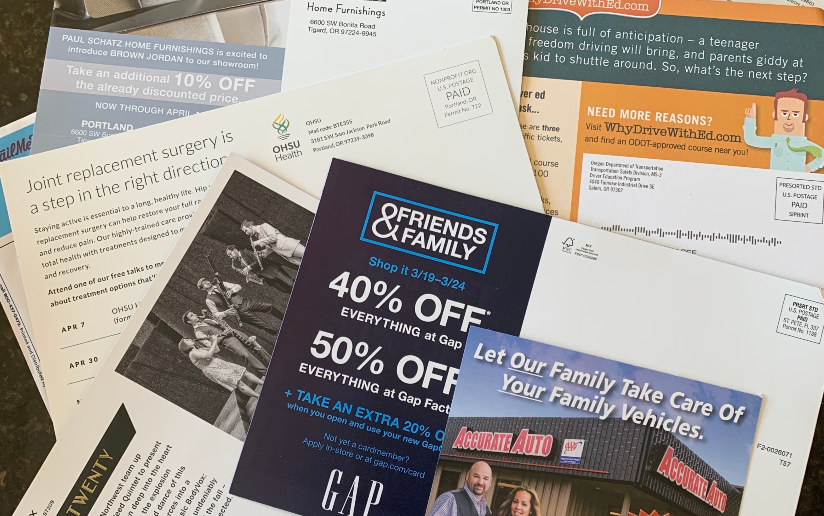
3 Digital Marketing Experts Reflect on 2019 and Predict What’s in Store for 2020
2019 was a busy year for digital marketing. Platforms rose and fell (Think TikTok and Snapchat). Privacy rules forced marketers to create inventive workarounds for using customer data. And, in the pursuit of capturing the total customer journey, marketers put extra focus on data analytics — maybe to their peril.
We invited three top growth marketing consultants, all associated with EM Marketing, to think back on what sizzled and what fizzled in different categories over the past year, and to look ahead at the challenges and opportunities marketers face at the start of the new decade.
If these experts are correct, it looks like 2020 will be another roller coaster ride as marketers juggle optimizing their efforts on various platforms, complying with privacy regulations, and perhaps getting a bit more artful in their overall approach.
Facebook Ads Get a Bit Easier
2019: What was new and exciting?
Simultaneous simplification and complexity defined the evolution of Facebook Ads in 2019. For those who want Facebook to do most of the work for them, they can set a budget, add in a few creatives, and let the platform’s machine learning capabilities optimize the campaign. For people who want greater control, new functionality lets you add custom images and videos for each placement for more granular targeting and testing.
2019: What sizzled?
Facebook’s Split Testing feature allowed advertisers to run very clean A/B/C/D tests around audiences and creative executions. Previously, the platform’s rapid optimization efforts would have skewed tests like these because the algorithms would quickly focus on what it thought was the winning combination and steer all the impressions there. Now you can force Facebook to give you a clean result with an equal number of impressions given to each of your test cells. This is very handy for gaining insights about why certain elements behave better than others.
2019: What fizzled?
Facebook’s continuing strong performance meant that competition for ad inventory increased. While pockets of great value could still be found in 2019, prices (in CPM and Cost Per Action) trended up for most clients.
2020: What’s next?
2020 could see the introduction of WhatsApp ads. If this materializes, clients could tap into a huge new inventory at a great value. We might also see increasing ad restrictions for controversial verticals. Twitter has already dropped political ads — will Facebook?
Privacy and Analytics on a Collision Course
2019: What was new and exciting?
In 2019, many businesses got serious about analytics. Over the course of the year, we saw more customized analytics implementations than ever before, with brands pushing their most important business metrics into platforms like Google Analytics. While this was exciting to see, a lot of businesses lost some of the art needed for good marketing by focusing too much on the science. Many marketing tactics, like high-quality video, don’t always show a positive ROI but nonetheless have business impact.
2019: What sizzled?
Marketing channels continued to move further away from laser-focused, do-it-yourself targeting as algorithmic targeting improved. Now it’s actually more effective to feed the right data into Facebook and let the algorithms target broader audiences of a million or more people based on less stringent parameters. The algorithms continue to get better and better, so this is becoming an increasingly common approach.
We may be in the golden age of broad audience targeting on platforms like Facebook, because most marketers are now convinced that letting channel algorithms optimize is a better idea than trying to do it yourself.
2019: What fizzled?
The “wild west” days of unfettered data collection and loose play with consumer data definitely started fizzling out, and as the privacy movement continues simple measurement and attribution modeling will get harder. The wild west days were great for attribution because we could easily get the data to see full user journeys. These journeys will increasingly get broken due to the new privacy laws.
2020: What’s next?
Marketers must embrace the new privacy movement heading into 2020 and beyond. Collecting specific data points on our users and building comprehensive customer journeys will become increasingly difficult, making tasks such as attribution modeling and top-of-funnel measurement more complex.
Platform Integrations Make Life Easier
2019: What was new and exciting?
One highlight of 2019 was the further integration of the Google Marketing Platform with Salesforce and other third-party tools. These integrations have made it easier for companies to utilize data more fully, with consumer data privacy checks built in. By using both platforms, companies can be more effective in attracting new customers and marketing to their existing customer base, while seamlessly trafficking ads, measuring KPIs, segmenting data to decide who to remarket to and how to message them.
2019: What sizzled?
Lifecycle marketing and multi-touch attribution. Since retargeting has become more challenging, more emphasis has been placed on nurturing the existing customer base through better segmentation of customer data.
2019: What fizzled?
Companies using cookies to track users suffered many setbacks in 2019. Intelligent Tracking Prevention (ITP) 2.0 launches for Safari and Firefox hampered cookie targeting and the collection of audience data.2020: What’s next?
The California Consumer Privacy Act, (CCPA), Brazil’s General Data Protection Law (LGPD), and further General Data Protection Regulation (GDPR) requirements coming out of the EU will cause headaches around data and privacy for marketers in 2020, but new technology may emerge to overcome many regulatory challenges. Ideally, this would be some type of ad platform integration or add-on that companies without big legal teams or compliance experts can use for greater peace of mind so they can focus on growing and competing.
Additionally, with the integration of Google and Salesforce mentioned earlier, we should see more dynamic content generated from data insights in 2020. While privacy rules prevent one-to-one targeting to anyone but known customers, companies can make great decisions based on the ability to segment different audience groups by location, behaviors, and demographic attributes.
The Advance of Amazon’s Ad Platform
2019: What was new and exciting?
While the duopoly (Google and Facebook) still dominated online advertising, Amazon’s advertising business grew faster (~$12B) in 2019 as the platform further opened up its inventory. Historically, the majority of this spend was focused on purchase-based campaigns, but an increasing budget allocation went towards mid- and upper-funnel tactics that boost brand and product awareness.
2019: What sizzled?
Amazon continued to launch new features (e.g., Attribution) and partnerships with Demand Side Platforms, such as The Trade Desk, that opened up new opportunities — such as connected TV spots — for brands and advertisers.
2019: What fizzled?
Consumer confidence in Facebook! Advertisers will likely include Facebook and Instagram (especially Stories) in their media mix for years to come (especially with the untapped potential of WhatsApp and Messenger ads), but Zuckerberg may have to acquire another up-and-comer to counter Amazon’s growth trajectory.
2020: What’s next?
We’re excited to see if/where Amazon Audio Ads evolve in 2020. With more than a 100 million Alexa devices in homes across the country, potential customers and targeting opportunities are plentiful. While test campaigns with the likes of Pandora are more brand plays, the interactive nature of Alexa could appeal to the performance marketing crowd.
Contributors
Mark Harnett is a performance marketing consultant focused on B2B and B2C, Facebook and Google campaigns.
Patrick Lundbom is CEO of Motoz Digital Media, a growth marketing agency focused on user acquisition through paid media and SEO.
Charlie Mock is Head of Growth & Analytics for EM Marketing, where he oversees business development and client relations for Paid Media Acquisition, Lead Generation, and Marketing Automation initiatives.
Justin Liszanckie is Sr. Account Manager for Content & Design at EM Marketing and a photographer specializing in strange culinary portraits.



































